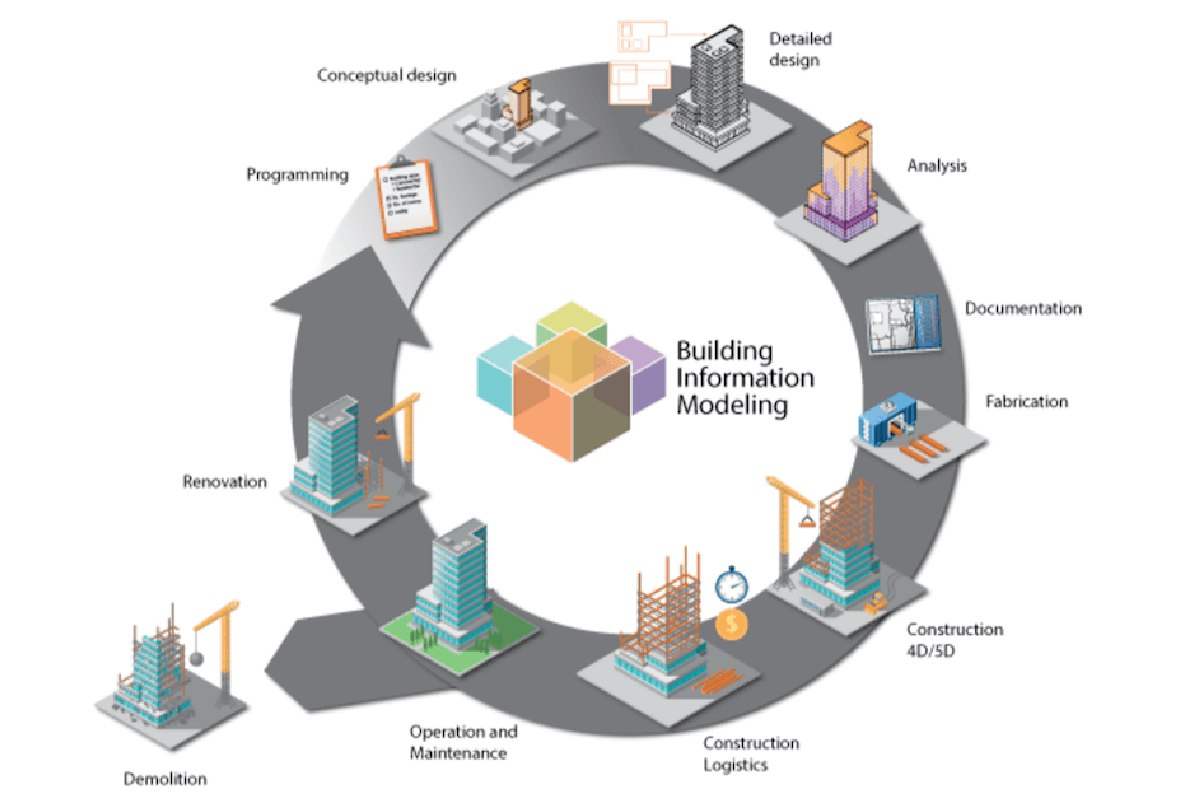Have you ever wondered how big buildings, like schools or skyscrapers, get planned and built? There’s a super cool tool called Building Information Modeling, or BIM, that helps make it happen. Think of BIM as a 3D video game where architects, engineers, and builders work together to create a virtual model of a building before it’s built in real life. Let’s break it down!
Table of Contents
What is BIM?
BIM is a way for people who design and build things—like architects (who draw the plans), engineers (who make sure it’s safe), and builders (who put it together)—to work as a team. They all use one 3D computer model of the building. This model is like a digital blueprint that shows what the building looks like and includes tons of info, like what materials to use.
If someone changes part of the model, like moving a window, the BIM software updates everything automatically. This keeps everyone on the same page and makes building faster and easier.
What’s a BIM Object?
A BIM object is like a piece of the building in the digital model. It has two parts:
Shape: This shows what the object looks like, like a door, window, or boiler.
Information: This includes details, like how big the door is or what it’s made of.
There are two types of BIM objects:
Fixed Objects: Things with a set shape, like windows or doors.
Layered Objects: Things without a fixed shape, like carpets, walls, or ceilings.
These objects help the team see and plan every part of the building.
How Does BIM Help?
BIM is like a superpower for building! Here’s how it helps:
Teamwork: Everyone works on the same model, so there’s less confusion.
Planning: The team can test ideas in the 3D model before building, saving time and money.
Fixing Changes: If something changes, like adding a new room, the model updates for everyone.
After Building: The model can help manage the building, like knowing when to fix the air conditioning.
For example, before building a school, the team uses BIM to plan where classrooms, hallways, and bathrooms go. They can even check if the building is safe or how much it’ll cost!
Why Are Specifications Important?
Specifications are like a guidebook for the building. They explain what each part needs to do. For example, a specification might say a wall needs to be fireproof or a window needs to let in lots of light. These details start simple but get more specific as the project goes on, like choosing the exact type of window. By the end, the builder hands over a full list of specs to the owner, so they know everything about their new building.
What’s the Future of BIM?
BIM is getting even cooler with new tech! In the future, things like cloud computing (storing data online), artificial intelligence (smart computers), and the Internet of Things (devices talking to each other) will make BIM faster and smarter. For example, computers might automatically organize building data, so people don’t have to do it by hand.
Soon, it could create a “golden thread” of info that tracks how a building is designed, built, and even how it’s used years later. This will help make better, greener buildings that last longer and work better.
How is BIM Used?
It helps with tons of building tasks:
3D Pictures: It’s easy to make 3D images of the building to show what it’ll look like.
Construction Plans: BIM creates detailed drawings for things like pipes or walls.
Safety Checks: Fire departments can use BIM to make sure the building is safe.
Cost Planning: BIM tracks how much materials cost and updates if things change.
Why BIM Rocks
It makes building projects cheaper, faster, and better. It’s like playing a game where everyone can see the whole plan and make smart choices. The 3D model shows exactly what the building will be like, with all the details needed to build it and keep it running. Whether it’s a new school, hospital, or mall, BIM helps make it awesome!
So, next time you see a big building, think about how it helped a team of experts create it in a computer first. Pretty cool, right?

